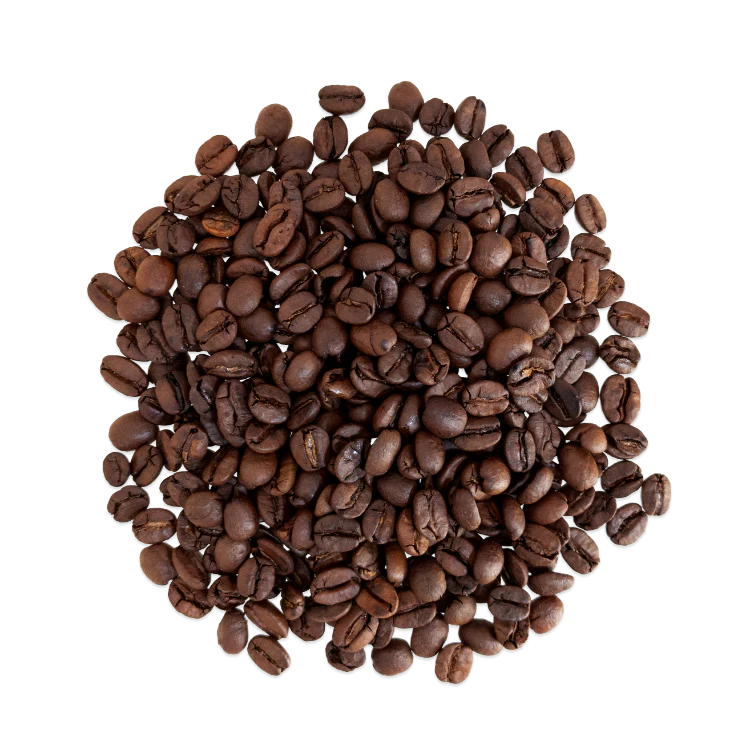Mesurez votre café de la manière la plus basique mais la plus efficace ci-dessous. Combien de fois avez-vous essayé de déterminer la quantité de café à utiliser pour votre cafetière ? Tout le monde a une opinion, mais cette méthode est le meilleur moyen d’obtenir le plus de saveurs, et c’est super simple.
1 cuillère à soupe pour 1 "tasse"
Cela semble si simple, n'est-ce pas ? Sauf que nous devons définir ce qu’est une « coupe ». Aux États-Unis, une tasse équivaut à 8 onces liquides. Au Japon, une tasse équivaut à 6,7 onces liquides, et au Canada, c'est 7,6 onces !
Pour ajouter à la confusion, la « tasse » d'un fabricant de cafetière varie de 4 à 6 onces liquides.
Vous imaginez donc pourquoi votre café n’est pas consistant, et peut vous rendre fou ! Voici un moyen simple de mesurer le café.
Voici un conseil de pro : utilisez votre cafetière comme guide. Utilisez simplement les chiffres sur le côté de votre machine pour représenter une « tasse ».
Dans cet exemple, vous utiliseriez 8 cuillères à soupe pour préparer 8 « tasses » de café. C'est ça! Fini les balances, les calculatrices et les recherches sur Google !
Si le ratio que nous recommandons vous semble un peu « léger », vous pouvez toujours ajouter plus de café, ceci n'est qu'un guide. N'oubliez pas que le café est autant un art qu'une science. N'hésitez donc pas à modifier le ratio si vous le souhaitez, en fin de compte, vous devriez apprécier le goût et ne pas être dérangé par les règles.










